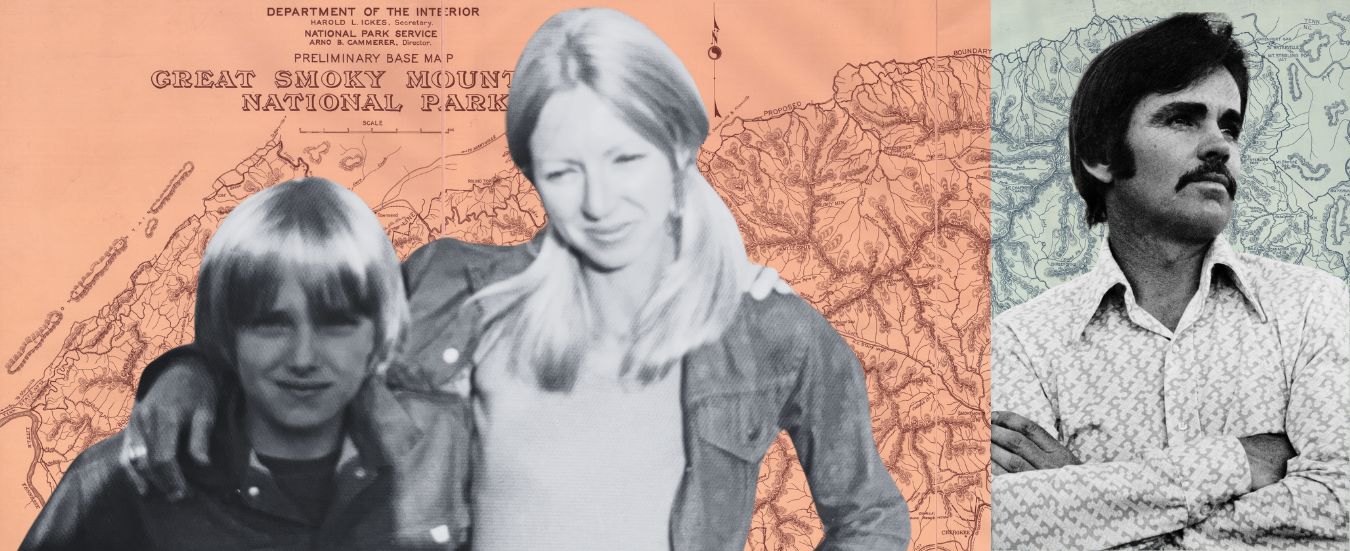A book about peregrinations over the sea almost has to begin with Odysseus, and Sara Caputo obliges, opening with an image of the young T. E. Lawrence going about with a copy of the Odyssey tucked in his pocket. Tracks on the Ocean is a book about the history of travel and maps, and, quite specifically, about the marks made on those maps to indicate where people have gone. This is both a large subject and a narrow one, and the best feature of the book is the many fascinating examples marshalled by the author in support of her ideas. The research is extensive, and she has the endnotes to prove it.
Some of the things I learnt while reading this book have to do with terminology. I feel as though I should have known that in addition to “plain sailing”, there is “plane sailing”, which refers not to something easy, but to a navigational method that ignores the curvature of the earth. It was fun to be reminded that ancient itineraries were called periploi, which may be translated as “sailings around”, and that the Greek of the Odyssey refers not to a “long sea route” (as in the wonderful Robert Fitzgerald translation), but to “long sailing” or “long voyage”, emphasizing not space, but time.
This distinction is one of the most interesting things about maps and their evolution: the way that, over time, they shift progressively the point of view away from the person undertaking the voyage (long sailing: an experience) to that of an omniscient observer (long route: a depiction). It is gratifying to learn that the portolan charts of the fourteenth and fifteenth centuries – which represent a transitional phase between “itinerary-thinking” (long sailing) and “emerging notions of ‘geometrical space’” (long route) – are actually rather mysterious. I have never understood these beautiful but bewildering charts, with their crisscrossing rhumb lines and compass roses, but it turns out that no one really understands them, or, in Caputo’s more precise formulation: “we aren’t fully familiar with the knowledge behind portolan charts’ production and use”, though they are believed to have had a course-setting function.
A fine, clear writer, Caputo tells a number of good stories, including that of the eighteenth-century explorer La Pérouse, whose last known position was Botany Bay, but who in February 1788 left the Australian coast and sailed into oblivion. The fate of this expedition remained long unknown and, like Franklin in the Arctic, prompted a number of search parties. Eventually the forlorn remains of La Pérouse’s ships were discovered on the seabed in the Solomon Islands, 1,700 miles away. There are many memorable cameos: the Hawaiian king Kamehameha I, who dressed in a Chinese gown to meet George Vancouver; Mina Benson Hubbard, a Canadian nurse who in 1905 “travelled by canoe deep into Labrador, accompanied only by four indigenous men”. And there is an extraordinary account from as recently as 2008 of an accident in which a nuclear submarine smashed into an undersea rock at high speed. The location of the rock, 123 metres beneath the surface, was misread as 723 metres because, “when the projected course had been plotted on the chart, the [hand-drawn] track line had covered up the spot, hiding part of the number”.
What binds this diverse material together is the idea of a track – a mark on a map, a sign of a journey, a “powerful glueing symbol in [the] chaotic interface between ideas and reality”. We learn about the evolution of this device, how it progressed from something resembling a fable to an instrument of war, how it was implicated in imperial ambition and the deployment of international capital. We follow the sweep of European maritime history – from the Greeks through the clipper ships to the Ever Given, the container ship that got stuck in the Suez Canal in 2021 – unrolling as a story of lines on a chart.
The conceit is fine, even novel; the difficulty lies in the author’s need to construct an argument around it. One of the book’s weaknesses is the drumbeat of certain thesis-like ideas. We are told that the accuracy of tracks is “a story”, that tracks are “an average, and a compromise”, that “the ship track was not the ‘true’ course”, that “the ‘truth’ of the lay of a track is a mirage”, that “tracks are historically and culturally contingent”, and that, despite their “supposed universality”, “they express a specific point of view”. The frequency with which Caputo makes these points suggests that she believes they are important, but who among her readers does not already get this? Who does not understand that a track is a representation of a thing and not the thing itself; that it is a simplification, a two-dimensional embodiment in a three-dimensional world; and that it represents a specific historical moment (even an individual experience), and therefore by definition embodies a point of view?
Then there is the historical framing. For Caputo modernity is an era of “ruthless imperial self- aggrandisement”, leading inexorably to social and environmental degradation. And yes, to be sure, all of this is true. But this same timeframe is also marked by dramatically increasing global life expectancy, literacy, access to education and decreasing poverty and child mortality worldwide. The difference between one view and the other is itself a matter of history: half a century ago it was fashionable to see modernity as an inexorable march of progress; for the past few decades it has been the reverse.
One key difference between these perspectives is the way they characterize science and technology, which is either improving or destroying our lives. Caputo takes the dimmer view, writing about science in a way that fits with the overall slant of the book. She writes of the way “European Enlightenment culture had become obsessed with measurement, accuracy and precision … an obsession that we have very much inherited”. She refers to the “supposed trustworthiness of science”, deploys scare quotes to describe “the ‘objectivity’ of instruments”, reminds us that “perfect precision … is unattainable in science” and characterizes the more accurate ship tracks as, “in their essence, hypotheses, built on probability”, adding that “hypotheses are fundamentally akin to fiction”.
What this seems to reflect is not only a familiar scepticism about the place of science in the modern world, but also a somewhat confusing take on the nature of science itself. As the author acknowledges elsewhere, “perfect precision” isn’t even a thing. The issue is always precision within a given scale: calipers may be accurate to within a few microns, GPS to within a few feet, but both have meaningful precision at the scale for which they’re designed. And as for the idea that probabilistic hypotheses are a kind of fiction: don’t tell that to an engineer! Probability is a kind of maths, and “hypotheses built on probability” underpin virtually everything in our lives, from the safety of our planes and bridges to the efficacy of our drugs. I may be reading a bit literally, but this kind of slippage – lack of precision – is all too common in the academic-adjacent humanities.
Yet while some of the arguments are overworked, the assemblage of evidence on which they are based is remarkable. Dug out of innumerable archives, stretching impressively across space and time, Sara Caputo’s stories speak eloquently – all by themselves – of the challenge of representing experience in all its complexity. As twelve-year-old Fritz Freudenheim wrote beside the track of his escape from Germany to Uruguay in 1938: “Von der alten Heimat zu der neuen Heimat!” From the old home to the new!
Christina Thompson is the editor of Harvard Review and the author of Sea People: In search of the ancient navigators of the Pacific, 2019
The post The taste for plain sailing appeared first on TLS.

 By Times Literary Supplement | Created at 2024-11-14 02:17:55 | Updated at 2024-11-21 18:40:37
1 week ago
By Times Literary Supplement | Created at 2024-11-14 02:17:55 | Updated at 2024-11-21 18:40:37
1 week ago








